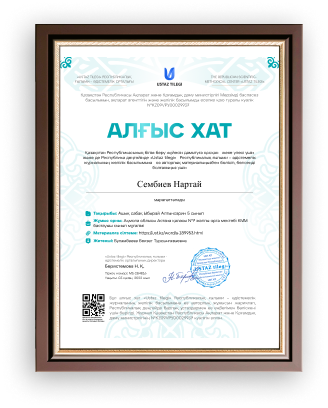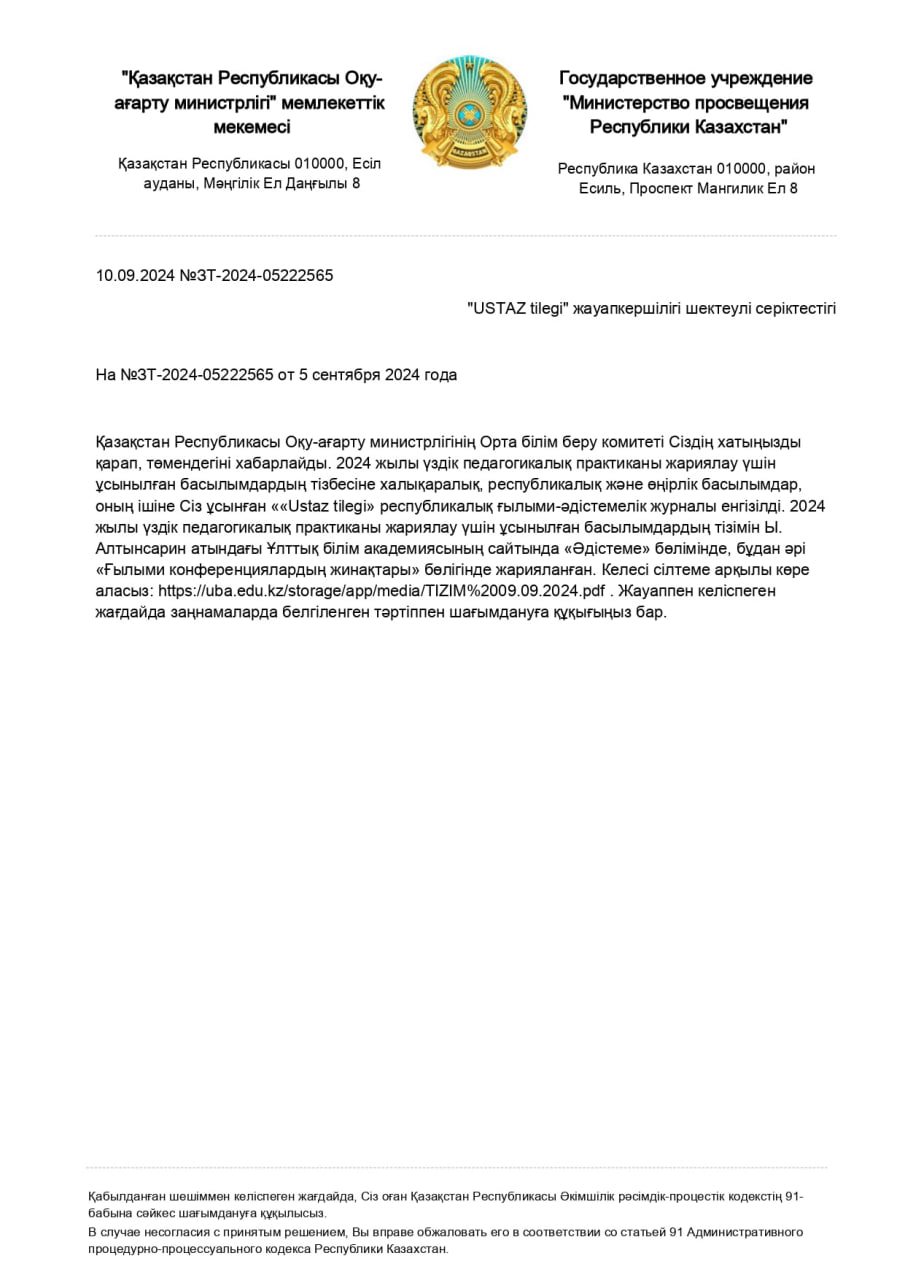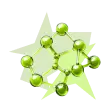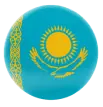INTERACTIVE METHODS AS AN EFFECTIVE WAY IN LEARNING FOREIGN
LANGUAGE
Modernization the content of
education in some modern country with the rapid development of
society is associated with innovative processes in the organization
of teaching foreign languages.We try to keep up with the times and
improve our skills in applying new forms and methods of teaching, a
new approach in the learning process.
What is innovative teaching
methods?
What is the new learning
process?
We can confidently say that
innovative methods are a new, modern weapon of the educator.
Innovative teaching methods are methods of teaching that carry new
ways of interaction between the "teacher-student" and a certain
innovation in practical activity in the process of mastering the
teaching material.
Interactive methods are
methods that allow you to learn how to interact with each other;
and interactive learning-learning, built on the interaction of all
students, including the teacher. However, in the latter case the
character of interaction changes: the activity of the teacher gives
way to the activity of the trainees.
In pedagogy, there are several
models of learning:
passive - the student acts as
an "object" of learning (listens and
looks);
active - the student acts as a
"subject" of training (independent work, creative
tasks);
interactive - inter (mutual),
act (act). The learning process is carried out in conditions of
constant, active interaction of all students. The pupil and the
teacher are equal subjects of training.
The essence of interactive
learning that the learning process is organized in such a way that
virtually all learners are involved in the process of cognition,
they have the opportunity to understand and reflect on what they
know and think. Excludes the dominance of any participant in the
educational process or any idea. And this happens in an atmosphere
of benevolence and mutual support, which allows not only receiving
new knowledge, but also develops cognitive activity itself,
translates it into higher forms of cooperation and cooperation. In
the course of interactive learning (which is what interactive
learning involves), students learn to think critically, solve
complex problems based on an analysis of circumstances and relevant
information, weigh out alternative opinions, take thoughtful
decisions, participate in discussions, and communicate with
others.
Interactive learning
simultaneously solves several problems:
- develops communication
skills, helps to establish emotional contacts between
students;
- solves the information
problem, since it provides the trainees with the necessary
information, without which it is impossible to implement joint
activities;
- develops general educational
skills (analysis, synthesis, setting goals, etc.), that is, it
provides a solution for learning and developing
tasks;
- provides a solution to
educational problems, as it teaches and teaches to work in a team,
listen to someone else's opinion.
Interactive learning partly
solves another important task. We are talking about relaxation,
lifting the nervous load, switching attention, changing forms of
activity, etc. In this understanding, interactive learning as a
form of the educational process is really capable of optimizing the
essence, content and structure of pedagogical
interactions.
Interactive teaching methods
is one of the most effective methods.
1. The work of small groups is
one of the best ways to activate.
2. The method of concrete
situations develops the ability to analyze and formulate
independently.
3. Method of a round table. In
teaching this method is used to increase the efficiency of
mastering theoretical problems.
4. The method of the incident
is the complication of specific situations by introducing
unfavorable conditions.
5. Method "school of
opinions." Through this method it is possible to express your
opinion, conclusions from your own individual life
experience.
6.The method of "borrow a
position" allows students to take a current view or to agree with
the opinion of a certain circle of people, confirming their choice
by strong scientific facts and arguments, by establishing
cause-effect relationships
Within the lesson of a foreign
language, teachers use the following interactive methods and
techniques:
- work in small groups, in
pairs, rotational triplets, "two, four,
together";
- Carousel method /
"ideological" roundabout;
- an aquarium; - brainstorming
/ brainstorming / "brainstorming";
- "openwork
saw";
- Brownian
motion;
- "decision
tree";
- receiving a mental
(intellectual) card;
-conferences /
discussions;
- role-playing / business
games;
-
Debate.
Today, the focus of the
learning process is the student, his personality, the inner world
that the teacher needs to develop and prepare for real life, able
to independently find any necessary information, be judicious and
honest, decent and disciplined, open to new
knowledge.
Therefore, the main goal and
tasks of the modern teacher is to choose such teaching methods that
would optimally and maximally reveal the individual talent and
abilities of each child in learning a foreign
language.
In conclusion, it should be
noted that all interactive methods and techniques develop
communicative skills, help to establish emotional contacts between
students, teach them to work in a team, listen to the opinions of
their comrades, and establish closer contact between pupils and the
teacher. Practice shows that the use of interactive methods and
techniques in a foreign language lesson relieves nervous tension
among schoolchildren, makes it possible to change the forms of
activity, to switch attention to the core questions of the topic of
the lesson.
In the end, the quality of the
material delivery and the effectiveness of its assimilation are
significantly increased, and, consequently, the motivation to learn
a foreign language from schoolchildren.


















